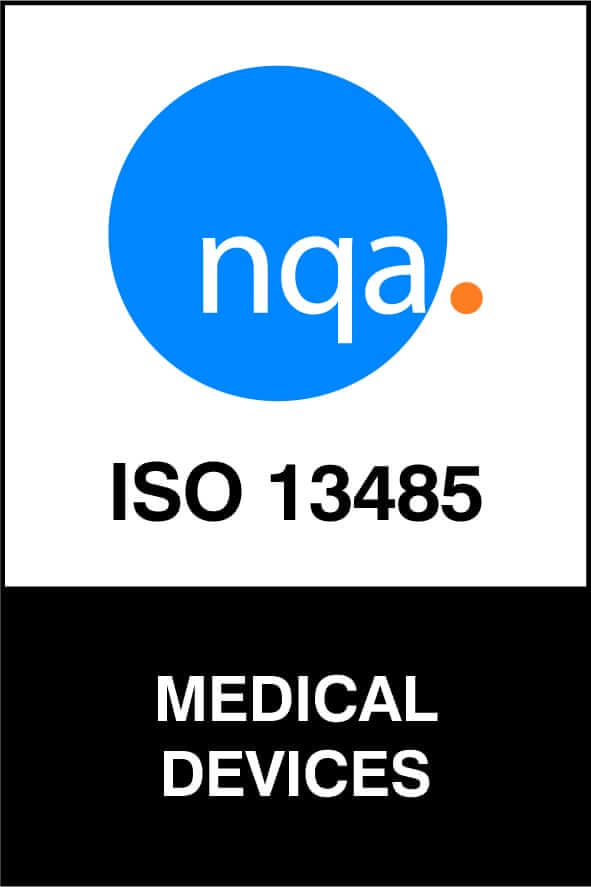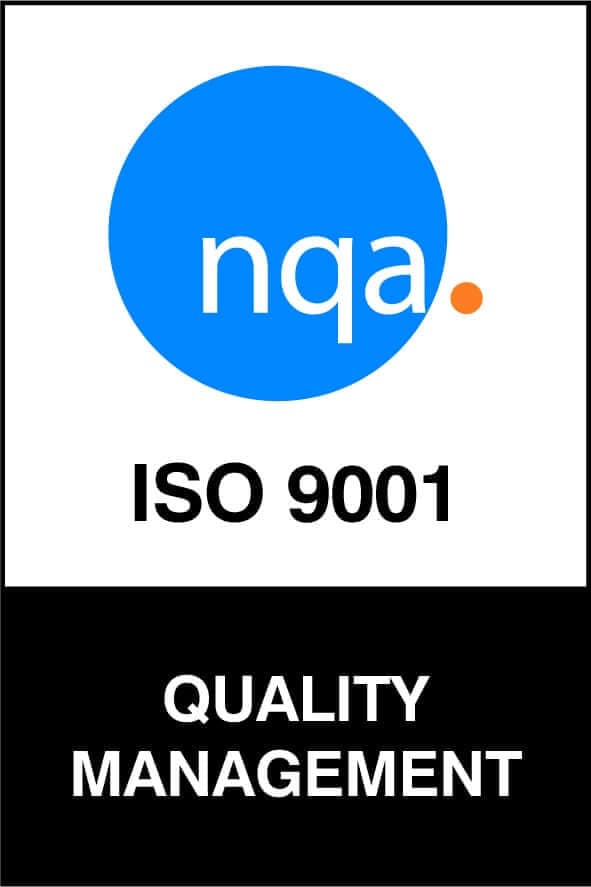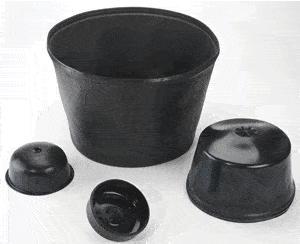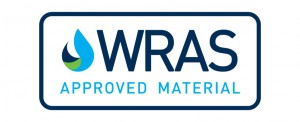Water/Hydronics Applications
When the Rubber Meets the Water – Selecting the Best Rubber Parts for Your Water/Hydronics Applications
Depending on what part of the water and hydronics industry you are in, be it the production of potable drinking water systems or the treatment of wastewater, there are a number of different essential variables to consider when selecting rubber components for your equipment. These rubber components can include everything from manhole connector boots and pipe seals to diffuser membranes and well and expansion tank diaphragms.
In the potable water industry, a principle driving factor that impacts rubber part selection is the need to keep the water safe and clean. And in the wastewater treatment arena, key considerations include: will the rubber stand up over time to a range of caustic materials and harsh conditions? This article will discuss the most important variables in each end of the water/hydronics industry spectrum, setting some basic guidelines that will help you select the right rubber parts for your application.
WRAS Approved Material
Jefferson has recently received material approval from the Water Regulations Authority Scheme (WRAS).
The approved rubber material is suitable for contact with wholesome water for domestic purposes having met the requirements of BS6920-1:2000 and/or 2014 ‘Suitability of non-metallic products for use in contact with water intended for human consumption with regard to their effect on the quality of the water, according to the WRAS.
Non-metallic materials & components, such as rubber sheet material and ‘O’ rings undergo testing by the WRAS for their effects on water quality. This type of approval demonstrates that the non-metallic material/component does not itself contaminate the water and therefore satisfies this particular requirement of regulations and bylaws.
Jefferson is listed on the WRAS website which can be found at https://www.wras.co.uk/search/products/jefferson%20rubber
Thirsting for the right solution?
Potable water is not what it used to be, and that is a good thing. There are stringent standards in place today designed to ensure drinking water is purer, cleaner, and safer than it has ever been before. This means that all parts and materials that come into contact with this water have to meet certain high environmental standards, including standards set by organizations like NSF International and Underwriters Laboratory in the United States, WRAS in England, ACS in France, and other governing bodies throughout the world.
NSF Standard 61 is centrally important to part procurement for the hydronics industry, as it is the testing protocol that measures and limits the amount of lead and other contaminants that a device may contribute to drinking water. Part of the Safe Drinking Water Act, NSF 61 applies to anything that supplies drinking water, including kitchen faucets, bar faucets, water coolers, ice cube maker, and of course, municipal drinking water equipment.
What standards like NSF 61 mean in terms of rubber part procurement is that it is essential to work with a rubber manufacturer that is constantly testing, adjusting, and refining its processes and materials to meet the latest specifications? Here is where custom molded rubber solutions, as opposed to off-the-shelf rubber products, can make a huge difference. When you work with a company such as Jefferson Rubber Works, Inc. (JRW), you can be assured of a solution that exactly meets your application, your budget, and has been engineered to meet the most current environmental standards. At JRW, we can continually adjust our cure systems, tweak our formulations, make changes to our molding processes, and work to virtually eliminate any residual material in drinking water.
For example, sparked by France’s ACS’s new tighter odor/taste restrictions, JRW recently initiated a new series of intense tests in which our rubber materials spend days soaking in water. These new tests greatly exaggerate any potential real-world conditions, but in testing the water after this thorough soaking, the tests virtually eliminate any concerns our customers may have about the way our products effect the taste or smell of their drinking water.
The right stuff for wastewater applications
As with drinking water applications, a rubber manufacturer’s ability to be flexible and custom-tailor compounds is an essential ingredient in that part provider’s make-up. One compound definitely does not fit all, when you’re dealing with a potential wide range of corrosive chemicals and climatic conditions.
For starters, different materials are better for certain applications: Neoprene is well-suited for an oil environment, silicone can stand up to extreme heat and cold, EPDM is the right starting point for a typical water and sunshine environment, etc.
But in many cases, that is just stage one of your selection process. Often an application calls for a custom engineered and molded solution. At JRW, our engineers are involved from the initiation of a project. For example, we had an aeration equipment customer that needed a newly formulated wastewater diaphragm, as their existing diaphragms were shrinking over time. After conducting an extensive analysis, we determined that an excessive amount of chlorine content in the water was attacking the rubber compound and creating the gradual distortion. Our engineers addressed the problem by reformulating the plasticizer, reducing its quantity while maintaining the material’s plasticity.
Not every rubber part supplier has engineers at the ready, or even the equipment to quickly and cost-effectively manufacture a range of custom solutions. When considering a solution provider for your hydronics application, look beyond the products themselves. Does the company utilize injection molding equipment that can produce both small and large parts? Does it operate machines from 100 tons to 800 tons? Can it produce these parts at a high volume to provide the greatest efficiency, repeatability, and value? Also, is the company working with the most advance rubber technologies, as opposed to outdated compression and transfer molding methods? And does the company have a team of experienced engineers on staff to research, test, design and formulate advanced rubber technologies?
Finally, you want a rubber part that is going to last. So, look for a company that conducts rapid cycle testing to simulate real-world use over the life of your product or system. At JRW, we commonly run our products through between 150,000 and 200,000 cycles. And of course, the company you work with should support its solution with some level of time-based guarantee.
In short, when selecting the best rubber parts for your water/hydronics applications, there are a number of variables that could and should enter into your decision. When the water meets the rubber, it may be important to look beneath the surface and examine the manufacturer’s ability to engineer, design and mold a solution that meets the specific unique needs of your application. Otherwise, you could be up a creek without a paddle.







